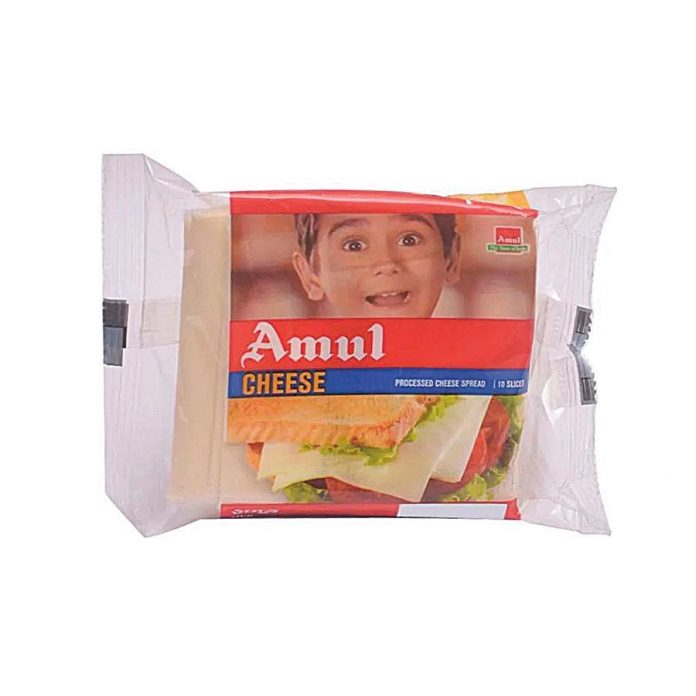The unique properties of polymers provide many packaging solutions – Part 1

Can you imagine a life without polymers? It is not for zilch that polymers are, by a fair distance, the most widely used basic materials known to flesh. They possess such an unbeatable combination of functional properties, forcefulness-to-weight ratios, convenience and costs that they have become the piece of work-horse materials that drive and support the entire economy.
Since 1983, when they overtook metals as mankind's most widely used basic materials, their usage has literally exploded and the yawning gap between them and other materials has go a gigantic chasm that can never exist bridged. The fact that their specific gravities are so much lower than other materials has delivered the lowest resource usage and highest sustainability that we can e'er imagine. (ane square meter of iron or steel volition counterbalance 7.five time a foursquare meter of plastic; 1 foursquare meters of aluminum volition weigh 2.71 times a foursquare meter of plastic of the same thickness.)
They are also endlessly recyclable merely even a fraction of this is not achieved on the ground due to overall apathy, homo habits like littering and the abject failure of municipal bodies and civic authorities to set up and efficiently operate systems for collection, segregation and disposal or recycling of mail service-consumer waste and to undertake mass consumer instruction. The easy way out seems to be deeming these as extended producer responsibility rather than formulating a pro-active and responsibility-delivering action plan by the powers that be. Absolutely, industry also needs to step up and address recycling of mixed plastics and printed and metallized waste on a state of war footing and developing technologies for doing this.
Be that as it may, my intention hither is to highlight some of the unique properties that polymers bring to the table to help deliver packaging solutions that no other materials tin can finer provide. Innumerable Life Bicycle Analysis (LCA) studies on packaging have been carried out and every one of them arrives at one or more of the following conclusions:
- substituting polymers with other not-polymer materials results in a quantum increase in usage of basic materials/resources,
- the usage of energy in the process is much college,
- harm to the environment goes up substantially and carbon footprints are adversely affected,
- costs get upwardly by unaffordable proportions,
- weight of packages and resultant transportation costs (during product and procurement of basic materials, in-plant storage/motility and distribution across the supply chain, waste product collection and disposal) heaven-rocket, and
- in many cases, commutation is non fifty-fifty possible.
And so, allow us look at some of these unique properties and discuss some example-studies which clearly found the utility of polymers. These properties are all individually analyzed below.
Heat-sealability
This is a unique polymer/plastic property. Oestrus-sealability and the power to produce leak-proof, hermetic high-force heatseals and price-constructive high-speed machine performance are non provided by whatever other material except, to some extent, wax. Even here, the wax seals are usually as well weak to be used commercially and the sealing formulation has to exist buttressed by the addition of polymeric materials like EVA (ethylene-vinyl acetate) to get strong and leak-proof seals.
Needless to say, hermetic seals are absolutely imperative for providing acceptable shelf-life (prevention/reduction of permeation of moisture/gases both into the packet and egress from its contents), leak-proofing, tamper prove and convenient opening of the package. The vast majority of flexible packaging could not be used without heat-sealability. What is even more than useful is that polymers enable the seal strength and openability to exist precisely tailored (low/high strength seals, partially or fully peelable seals, directional and easy to tear seals). Even effective hot-melt seals are provided only by polymers.
Let us look at some specific examples.
1 of the almost exacting and difficult packaging specifications to produce is the aluminum foil used to package small cubes or portions of processed cheese. The requirement is that the cheese has to be filled hot and sealed without the application of external oestrus through heatseal jaws. The pack consists of 2 components – a torso which encloses and holds the cheese and a lid which goes on peak of the cheese and is sealed on its edges to the body to provide hermetic seals and tamper-proofing. The seal has to be effected using only the heat of the molten cheese that is filled into the formed body.
This is made possible by using a plasticized vinyl blanket on the aluminum foil that seals at a low temperature. The risk is that such a low-temperature heat-seal coating could take blocking problems in the foil rolls during transportation where ambient temperatures could go up fifty-fifty beyond 50 degrees celsius; blocked rolls will not unwind on the wrapping automobile. The pull a fast one on is to formulate the polymer coating to get both estrus-seal and not cake at transportation temperatures. But a polymer can satisfy both these criteria. Like-wise, in the packaging of cheese slices, the wrap has to provide both heat-sealability and peelability of the seal as well equally release from the cheese, which only a polymer movie tin provide.
Technically, a metal tin will provide both these backdrop but the can price for a x gm-20 gm pack would far exceed fifty-fifty the product price apart from not providing the convenience of piece of cake opening.
As tin also be seen, heat-sealable flexible packs are admittedly necessary for small unit-dose or unmarried-utilise packages as other non-polymer rigid or semi-rigid systems like metal cans, cartons, tubes or bottles would exist prohibitively expensive. Packs with polymer heat-seals are toll effective for the full range of products (solids, powders, liquids, pastes, agglomerates/granules and mixed formulations).
In our side by side installment, we will look at more special and unique backdrop of polymers for packaging applications.
Source: https://packagingsouthasia.com/consumables/polymers/the-unique-properties-of-polymers-provide-many-packaging-solutions-part-1/
0 Response to "The unique properties of polymers provide many packaging solutions – Part 1"
Postar um comentário